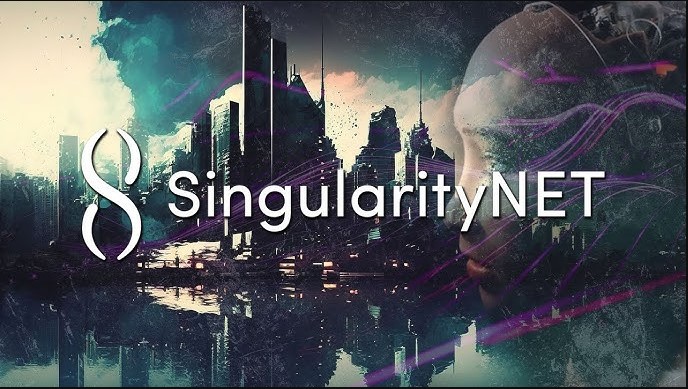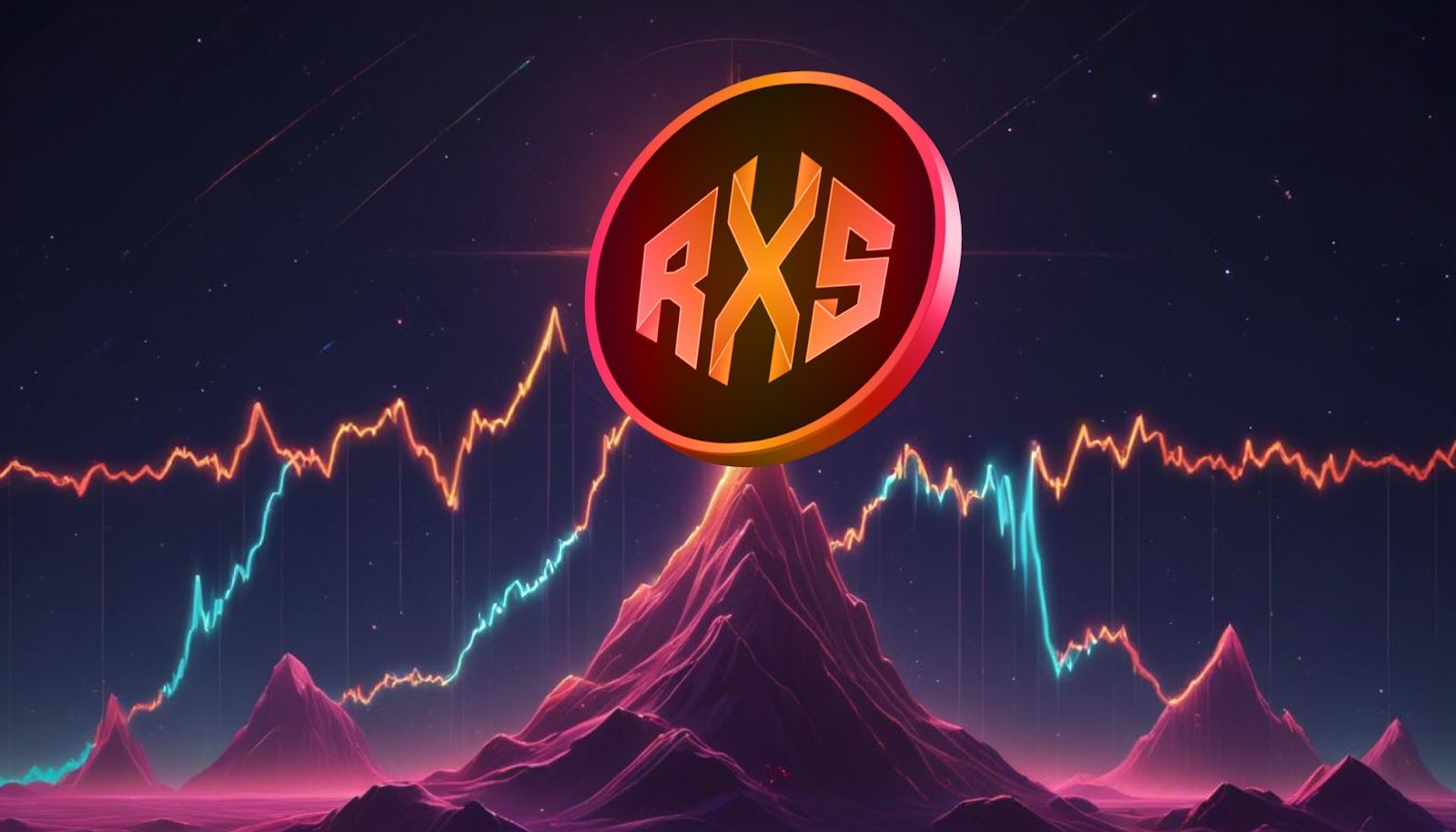ARTICLE AD
The supercomputer will use cutting-edge hardware from Nvidia, AMD, Tenstorrent, ASUS, and GIGABYTE.

Key Takeaways
SingularityNET's $53 million investment focuses on creating a modular supercomputer for AGI and ASI development. The investment includes building AI data centers with advanced GPUs and CPUs to enhance decentralized AI capabilities. <?xml encoding="UTF-8"?>SingularityNET, a founding member of the recently launched Artificial Superintelligence Alliance, announced today a $53 million investment to advance Artificial General Intelligence (AGI) and Artificial Superintelligence (ASI). The initial $23 million will be used to develop the world’s first modular supercomputer for AGI and ASI research.
According to Dr. Ben Goertzel, CEO of SingularityNET and the ASI Alliance, SingularityNET’s AI team has developed innovative neural-symbolic AI methods. These methods reduce the need for data, processing power, and energy compared to standard deep neural networks.
However, there remains a substantial need for significant supercomputing facilities to further AI development, said Dr. Ben Goertzel. That explains why SingularityNET is investing in new hardware facilities.
“Our new hardware facilities will complement our already powerful decentralized computing networks, and increase our ability to deliver cutting-edge AI applications at scale as well as to lead the AI field through the next phases of the AGI and ASI revolutions,” Dr. Ben Goertzel noted.
SingularityNET stated that the supercomputer initiative includes constructing state-of-the-art High-Performance Computing (HPC) and AI data centers using Ecoblox’s ExaContainer modular data center solutions, featuring top-tier GPUs and CPUs from NVIDIA, AMD, and Tenstorrent, and advanced AI servers from ASUS and GIGABYTE.
“The work that Dr. Goertzel and his team are doing to bring AGI into both their supercomputers and into end products is great,” said Jim Keller, CEO of Tenstorrent. “Tenstorrent’s heterogeneous compute featuring our CPU, our RISC-V and our AI accelerator technology are the perfect fit to help them accomplish this goal. Combine that with our open-source software stacks, and I am confident that SingularityNET will have what they need to accomplish their mission.”
“With over 35 years of computing hardware design and manufacturing experience, GIGABYTE is well equipped to provide state-of-the-art GPU and CPU computing technologies to SingularityNET and leverage energy-efficient, cost-effective MDC solutions from Ecoblox that incorporate GIGABYTE hardware,” said Thomas Yen, EU Sales Director at GIGABYTE.
The supercomputer will be optimized for training Deep Neural Networks (DNNs) and Large Language Models (LLMs), the SingularityNET team noted. Designed to support dynamic AI workloads essential for AGI applications, it will enable faster and more efficient computing, facilitating a shift towards continual learning and self-improvement in AI.
As noted, the investment will also support the development of modular compute containers that can be located around the world. These containers will serve as a decentralized hub for a network of AI devices.
With this strategic move, SingularityNET not only strengthens SingularityNET’s position in the global AI race but also supports its partners in the ASI Alliance, including Fetch.ai and Ocean Protocol, in their collaborative efforts to advance decentralized AI technologies.
The announcement comes after Fetch.ai, SingularityNET, and Ocean Protocol announced their plans to form the Artificial Superintelligence Alliance. The ASI Alliance aims to decentralize AI ecosystem development and contest Big Tech’s AI dominance.
As part of the union, each project has merged their tokens into a new ASI token. The ASI token merger went live earlier this month, starting with token conversions and finalizing with the ASI deployment.
Disclaimer
 4 months ago
24
4 months ago
24 


